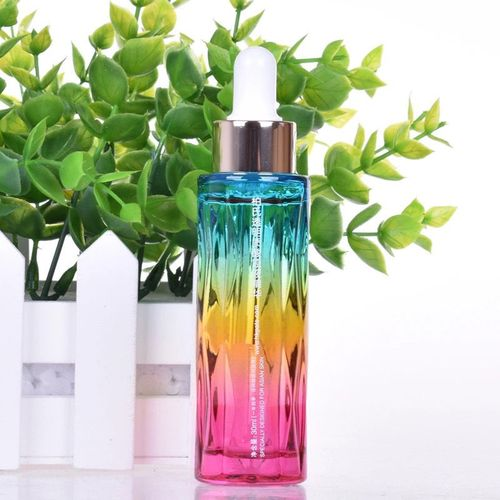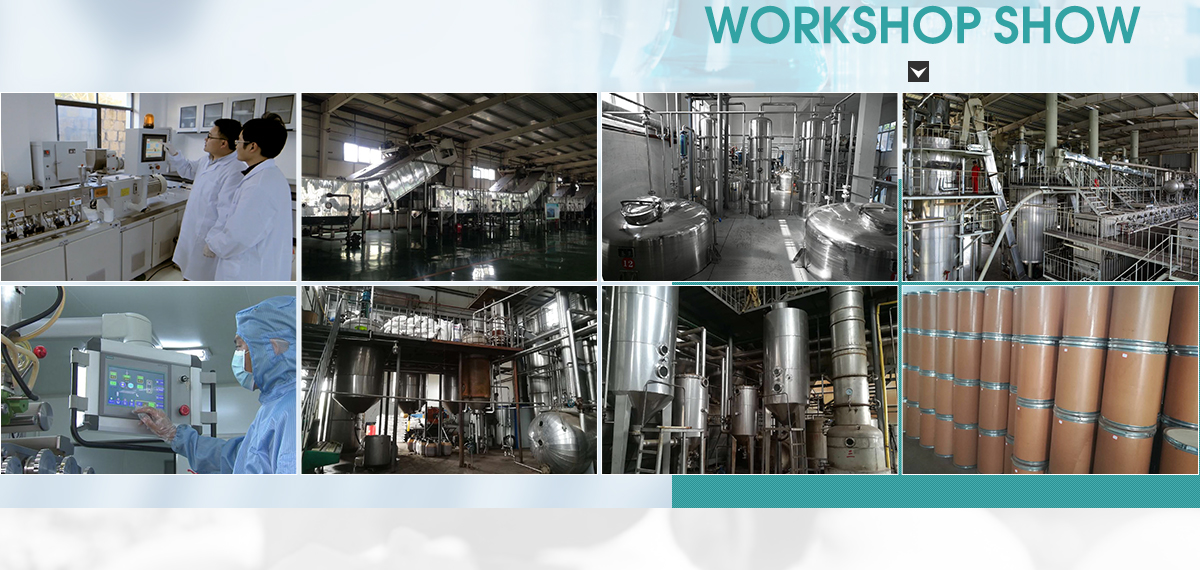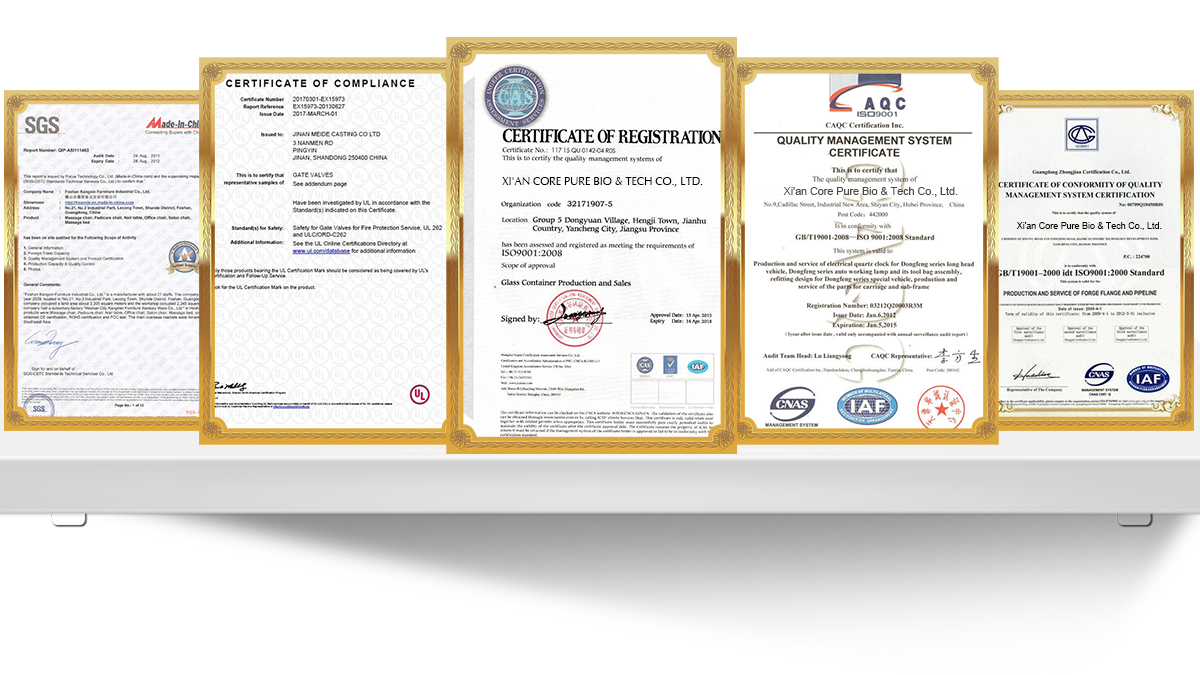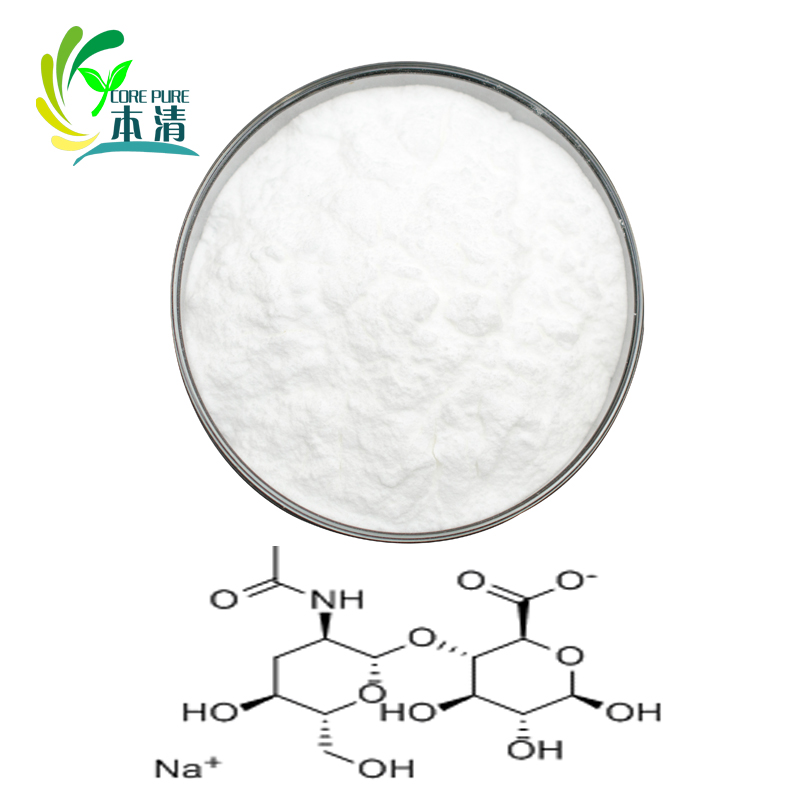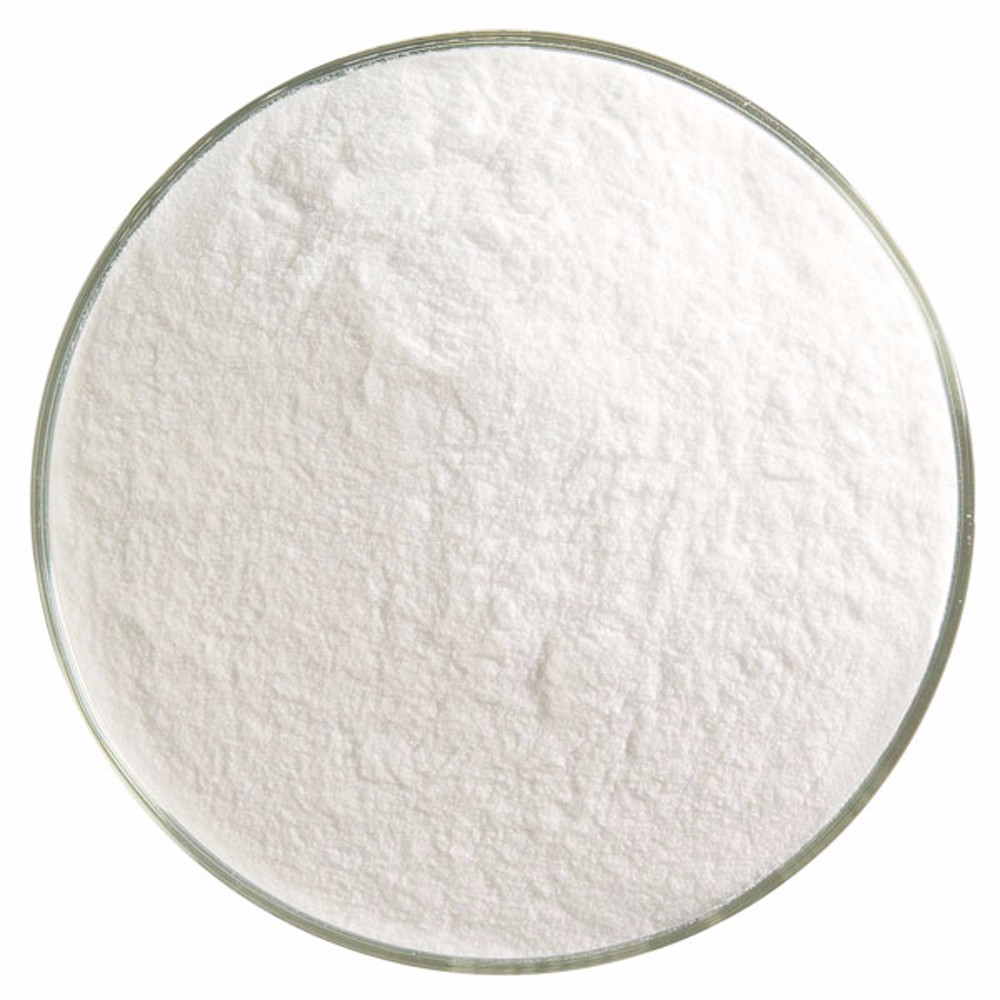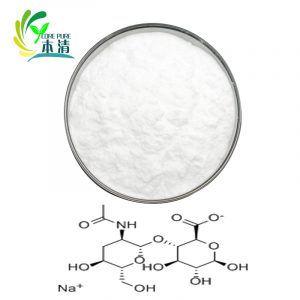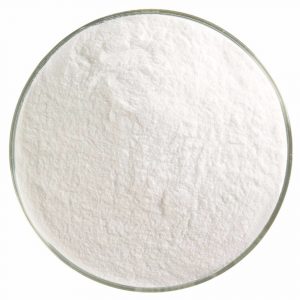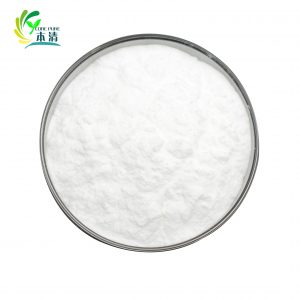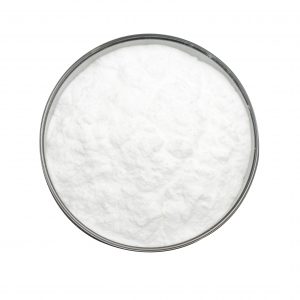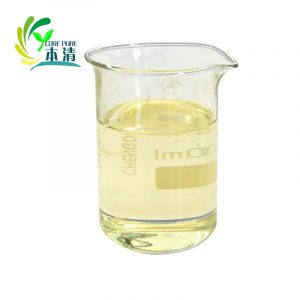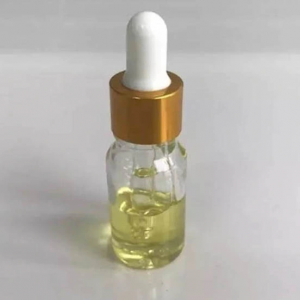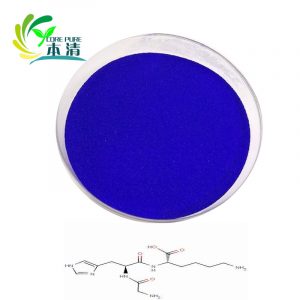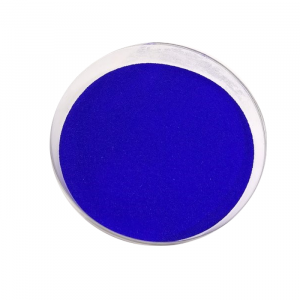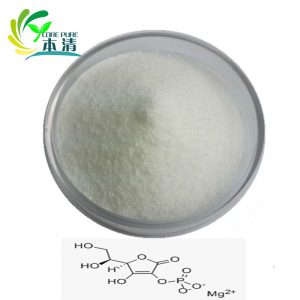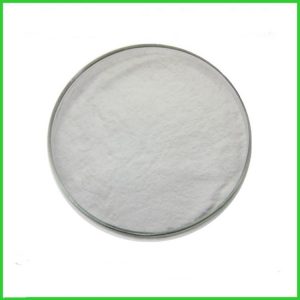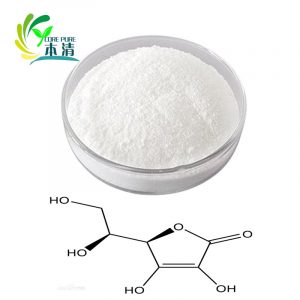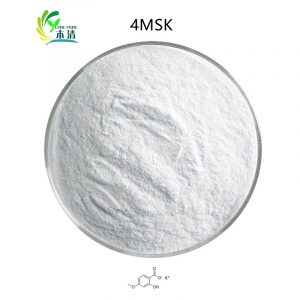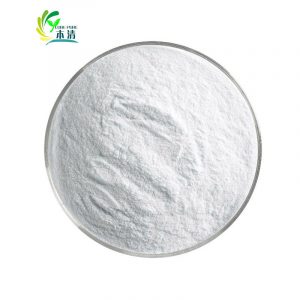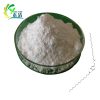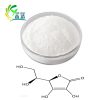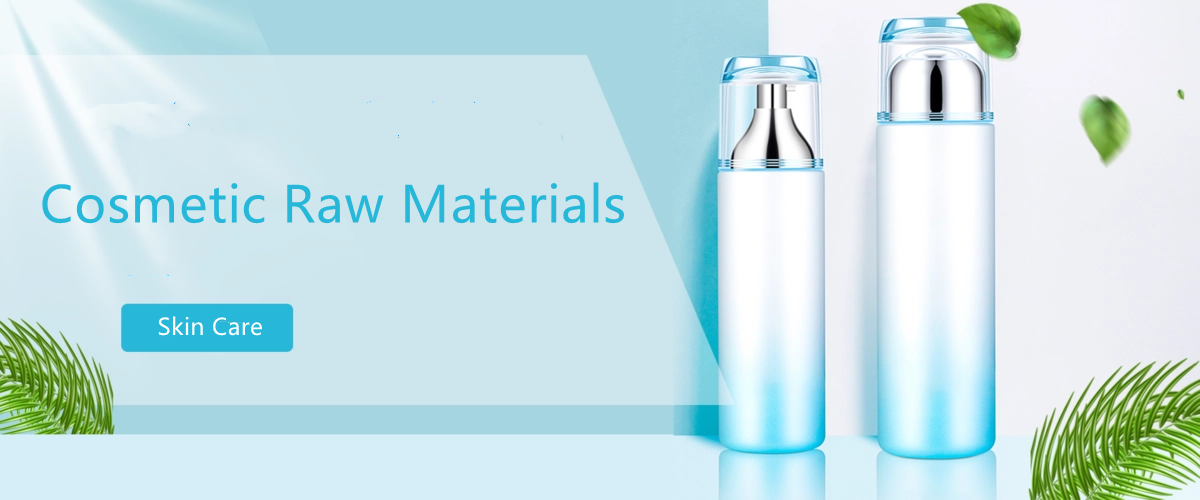
![]()
Product name: Sodium Hyaluronate
Appearance: White or almost white powder or granular
Glucuronic acid:≥44.5%
Sodium hyaluronate: ≥92.0%
pH(0.5% aq. sol., 25℃): 5.0~8.5
Appearance of Solution (0.5% aq. sol., 25℃): T550nm≥99.0%
Loss on drying: ≤10.0%
Protein: ≤0.1%
Residue on ignition: ≤20.0%
Package: 100g per bottle or 25KG per drum
Storage: Keep away from light.
![]()
Has excellent affinity to water and can regroup water within tissue for better retention and lubrication.
Folds to form a three-dimensional network and produces physiological effects, including producing fluid resistance, maintaining water balance and bodily stability, influencing macromolecule solubility, structure, chemical balance and system osmotic pressure, preventing the spread of pathogens, and promote the condensation of collagen fiber secretory substances.
Forms polymers with inseparable proteins to maintain tissue shape and size and to ensure reversible tissue compression resistance.
Affects macrophages, adherent cells, lymph cells, and natural killer cells.
Serves as an important part of interstitial fluid and is mainly metabolized in the liver. Liver fiber activity increases HA synthesis; combined with reduced function during cirrhosis, blood HA levels may increase abnormally.
![]()
Applied in Cosmetic and health care products.
